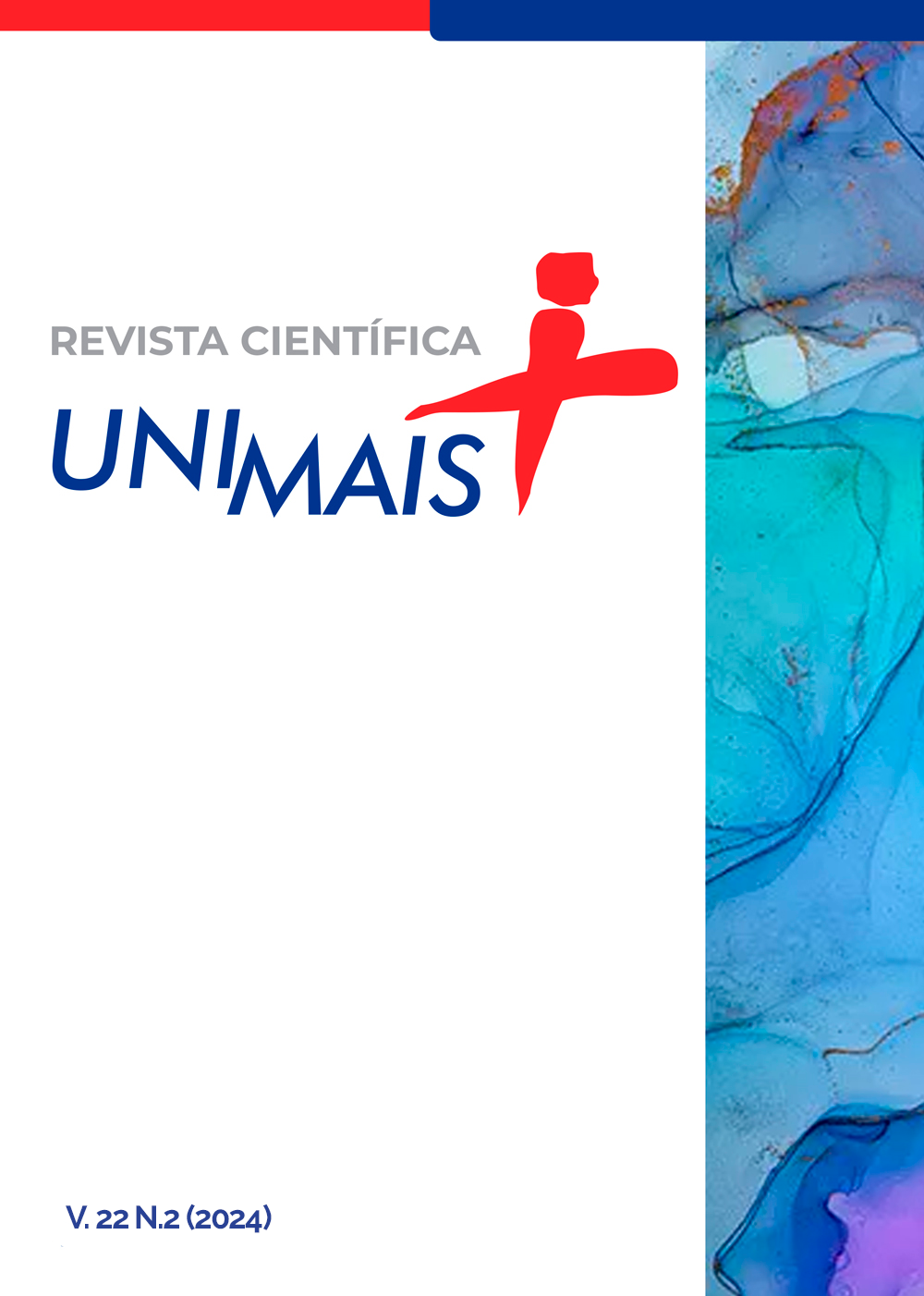ANALYSIS OF ROOT DEVELOPMENT IN DIFFERENT SOYBEAN CULTIVARS (Glycine max)
Keywords:
Length, Diameter, Surface Area, VolumeAbstract
Soybean (Glycine max), cultivated since 2838 BC and introduced to Brazil in 1882, plays a crucial role in global agriculture due to its high quality and productivity. This study aimed to evaluate the root growth of five soybean cultivars (Ataque, Neo 790, Olimpo, Sparta, and Tormenta), focusing on total length, surface area, diameter, and root volume of the seedlings. The experiment was conducted in October 2024 in a greenhouse at Grupo Canassa, in Inhumas, GO, using a completely randomized design (CRD), with 50 seeds planted in a bed containing a 1:1 ratio of soil and sand. Seedling emergence was monitored daily, with evaluations performed on 23/10/2024. The results showed that the Olimpo and Sparta cultivars excelled in root length and surface area, indicating a greater capacity for water and nutrient absorption. The Tormenta cultivar exhibited the largest root diameter, suggesting resistance to compacted soils and water stress. In contrast, the Neo 790 cultivar showed the least root development, limiting its adaptation to less fertile soils, though maintaining high productive potential. The Ataque cultivar demonstrated intermediate performance. These findings emphasize the importance of selecting cultivars based on soil characteristics, contributing to more efficient soybean production.









